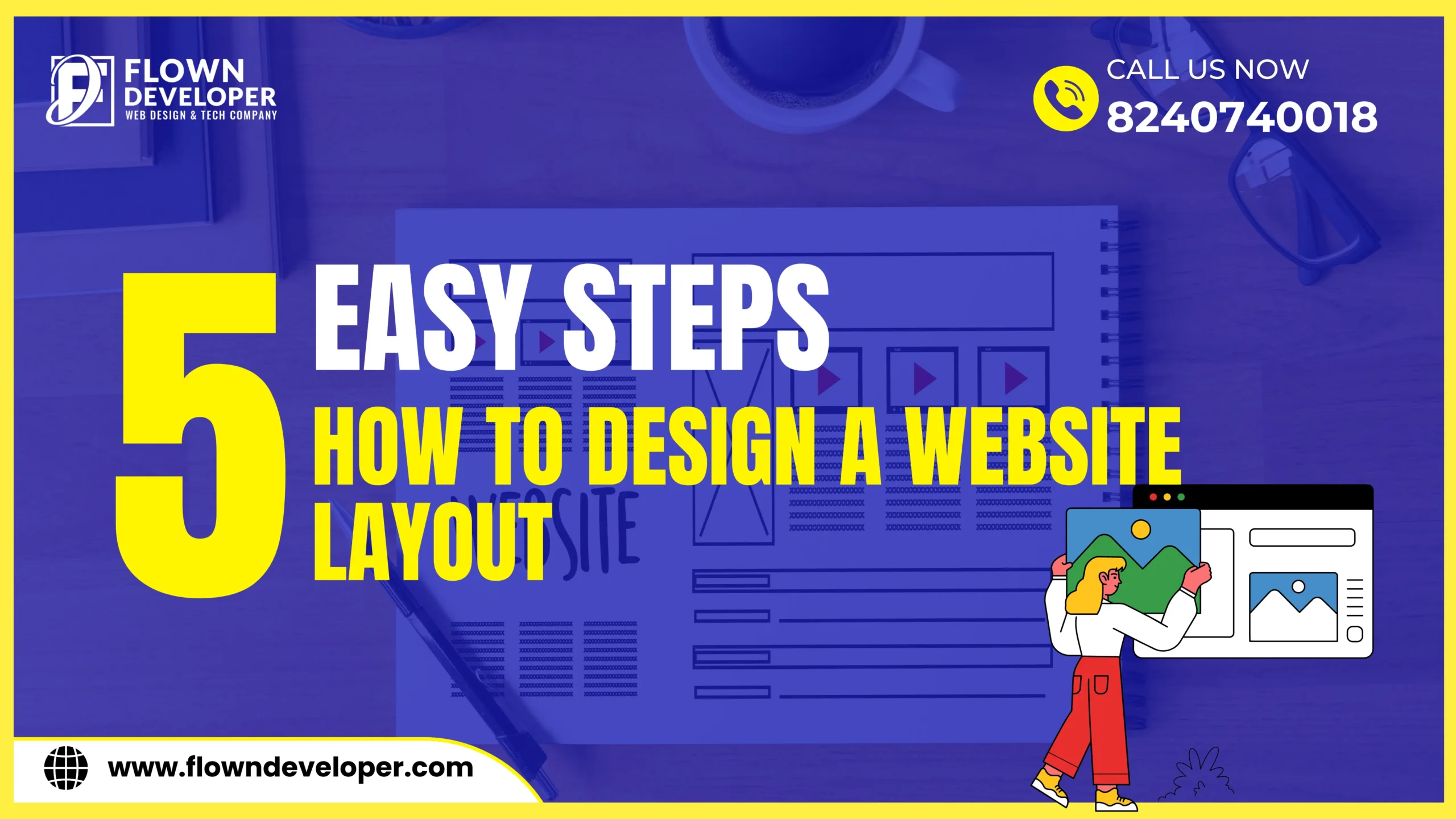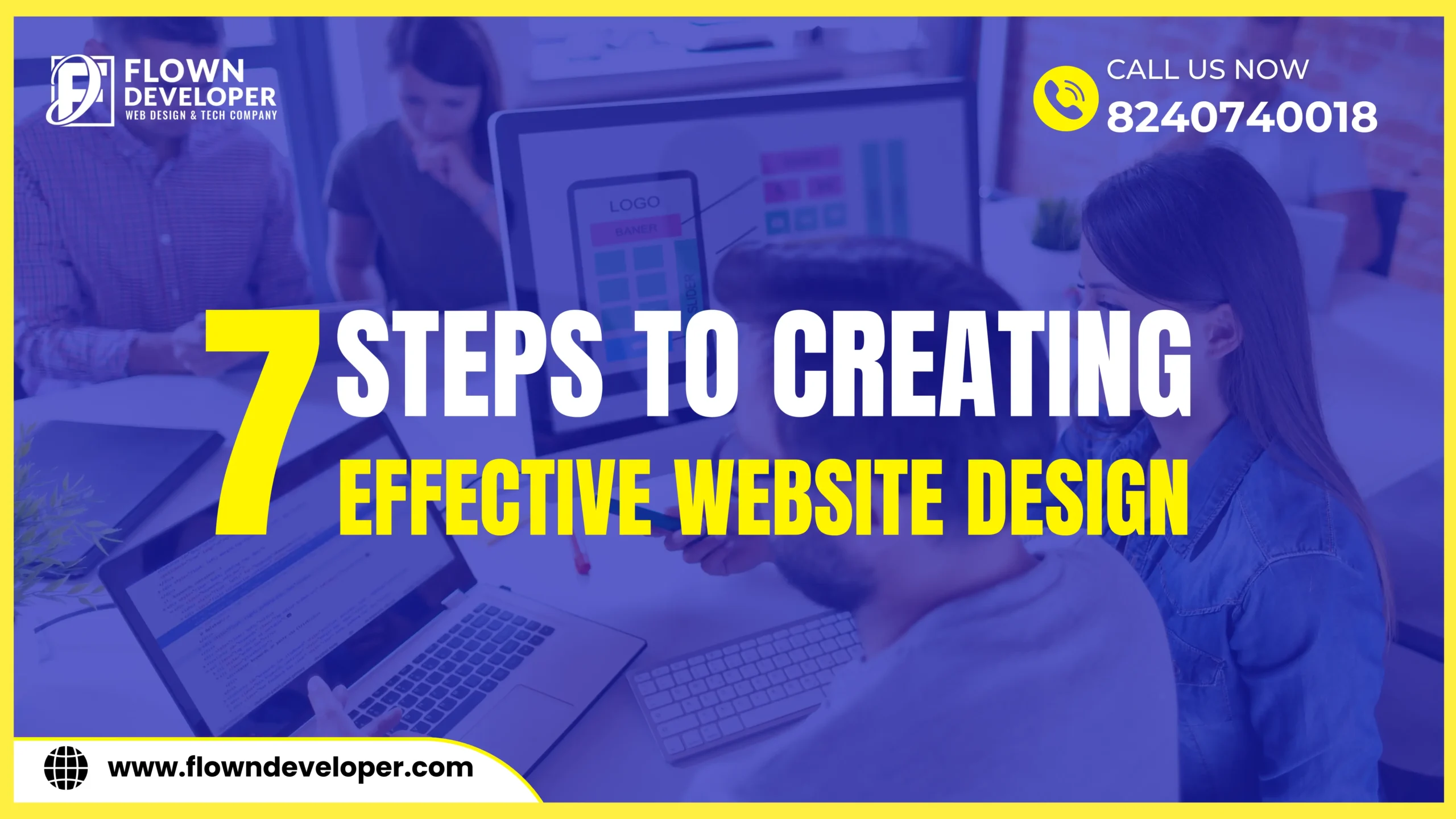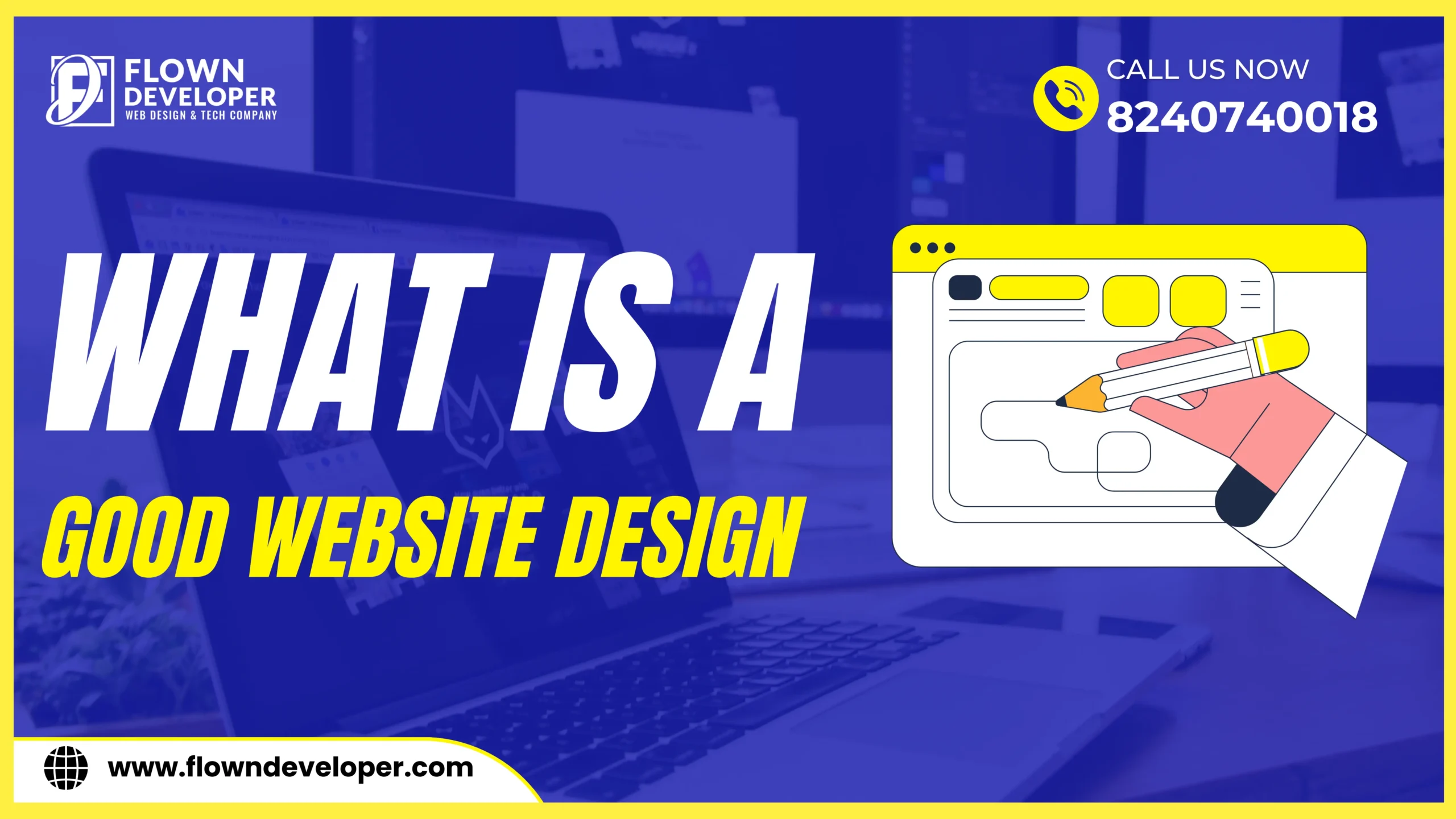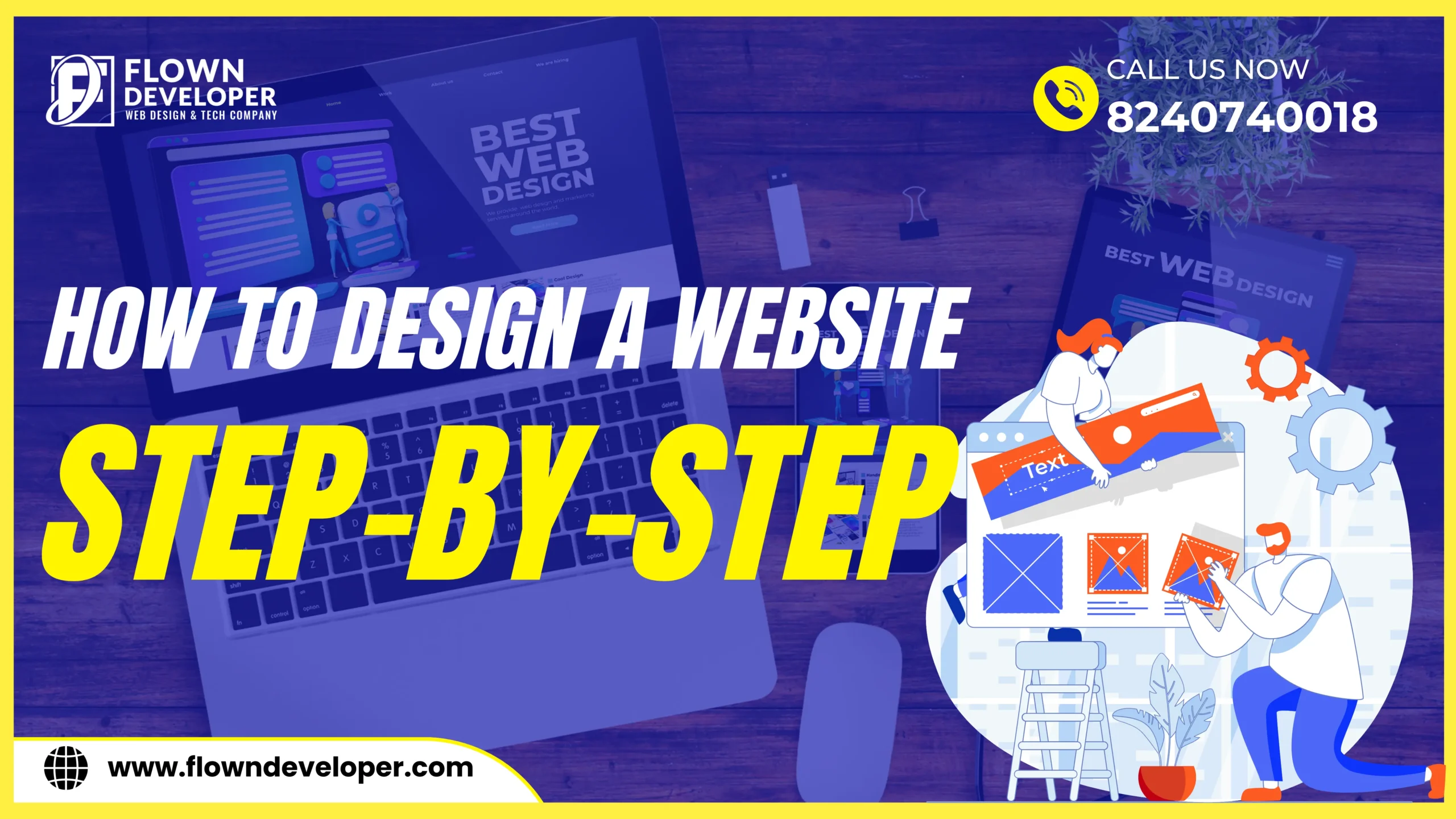Best Website Design for Small Business & Best Practices 2023
Introduction
In 2023 succeed in today’s digital world, small businesses must have an eye-catching website with compelling copy.
A well-designed website can attract potential customers, build credibility, and increase conversions.
However, small business owners often need help creating standout websites representing their brands.
This article will overview the best practices for small business website design in 2023, offering practical tips and examples to help small business owners succeed online.
1. Choose a Reader-friendly Font
One of the fundamental aspects of web design is selecting a font that enhances readability and understanding.
When
choosing
a
font
for
your
small
business
website,
it
is
crucial
to
align
it
with
your
brand’s
look
and
feel.
For
instance,
if
you
own
a
high-end
fashion
boutique,
a
chic
and
elegant
font
like
Chanel’s
Couture
font
would
be
appropriate.
Remember that your chosen font should be easily readable across different devices and screen sizes.
2. Stick to a Limited Color Scheme
Color plays a significant role in brand recognition and creating a cohesive visual identity.
As a small business owner, maintaining consistency in your color scheme across all marketing materials, including your website, is essential.
Limiting your palette to complementary colors will create a visually pleasing and professional look.
Take inspiration from Cadbury’s purple landing page, which effectively uses its signature color to make a memorable impact.

3. Use High-quality Photos
Since customers can’t physically interact with your products or services online, high-quality images are crucial to capture their attention and convey the value of what you offer.
Invest in professional product photography or use stock photos that align with your brand.
Tesla’s website is an excellent example of using captivating product images to showcase its sleek and innovative electric cars.

4. Optimize for Mobile
Mobile
optimization
is
becoming
increasingly
significant
as
more
and
more
people
browse
the
web
on
their
mobile
devices.
Ensure
your
website
is
responsive
and
adapts
seamlessly
to
different
screen
sizes.
Incorporate large clickable buttons, use responsive templates, and provide scrollable content to create a user-friendly experience.
Partake Foods‘ website is an excellent example of a small business with a mobile-friendly design that delivers a seamless browsing experience.

5. Make Your Call to Action Stand Out
Every small business website should have a clear and compelling call to action (CTA) to guide visitors towards their desired actions, such as purchasing or signing up for a newsletter.
Your CTA should stand out visually and be positioned strategically on your website.
Playbook, a productivity app, effectively highlights its “Create Playbook free” button, prompting users to take the next step in their journey.

6. Use Plenty of White Space
White space, or space, is a valuable design element that allows for visual breaks and directs the reader’s attention.
Avoid overcrowding your landing pages with excessive text or images.
Apple’s website is a prime example of using white space to highlight product photos and create an elegant, minimalist design.

7. Keep Your Site Navigation Easy
Easy navigation is crucial to retain visitors and ensure they quickly find the information they’re looking for.
Use a simple and intuitive navigation style in the website header, making it easy for users to explore different sections of your website.
Avoriaz ski resort’s website is an excellent example of an intuitive menu and immersive images that entice visitors to explore further.

8. Avoid Clutter
Hick’s law states that the more choices you present to someone, the longer it takes them to decide. To facilitate visitors’ decision-making process, simplify your web pages and avoid clutter. A clutter-free design helps users focus on what’s essential and increases the chances of conversion.
Shopify’s minimalistic approach with a single email entry field on its landing page is an excellent example of reducing clutter.
9. Include Compelling Headers
In order to skim and find information quickly on your website, you need persuasive headers.
Use headings to convey the products and services your business offers concisely and engagingly.
Adobe Creative Cloud’s website effectively uses headings to highlight their different offers and plans, making it easy for visitors to understand their options.

10. Establish a Visual Hierarchy
A well-designed website must organize design elements to guide users’ attention and facilitate information delivery.
Place images, text, and other elements strategically to create a visual hierarchy that guides viewers’ focus.
Hyer Aviation’s website showcases a clear visual hierarchy by highlighting key features and calls to action (CTAs), ensuring visitors get all the critical information.

11. Include Testimonials
Testimonials are decisive social proofs that can build trust and increase conversions.
Incorporate
customer
testimonials
on
your
website
to
showcase
the
positive
experiences
of
others
who
have
used
your
products
or
services.
Studies
have
shown
that
testimonials
significantly
impact
consumer
behavior.
Salesforce’s customer success stories page is an excellent example of leveraging testimonials to build trust and credibility.

12. Create a Custom User Experience (UX)
Personalized experiences can engage and retain customers.
Consider implementing behavior-based recommendations, targeted offers, and geo-targeting to deliver a custom user experience.
Amazon excels with personalized messages and product recommendations based on the user’s browsing and purchase history.
13. Test CTA Placement for Maximum Clicks
To optimize your CTA placement, you need to run A/B tests.
Experiment with different positions, colors, and wording to determine which variation generates the highest number of clicks and conversions.
Unbounce, a landing page optimization platform, saw a significant conversion increase by testing various CTA placements.

14. Design With Accessibility in Mind
It’s
essential
to
ensure
your
website
is
accessible
to
individuals
with
disabilities.
Consider
contrasting
colors,
navigability,
alt
text
for
images,
and
video
captions
to
make
your
website
inclusive
to
all
users.
Patagonia’s accessible home page design incorporates contrasting colors and video captions, making its content accessible to a broader audience.

15. Run A/B Tests Involving Target Customers
Conducting A/B tests involving your target customers can provide valuable insights and help you make data-driven decisions.
By testing different design elements, layouts, or content variations, you can optimize your website for better performance.
Conclusion
In conclusion, creating an effective website for your small business requires careful consideration of design principles and best practices.
You
can
build
a
visually
appealing,
user-friendly,
and
conversion-focused
website
by
implementing
the
tips
and
techniques
discussed
in
this
article.
Combine
these
design
techniques
with
research
and
testing
to
ensure
optimal
results.
If
you’re
a
beginner,
website
builders
can
be
a
helpful
option
to
simplify
the
process
of
building
and
launching
your
website.
Start
implementing
these
practices
today
to
create
a
high-converting
online
presence
for
your
small
business.
Frequently Asked Questions – Website Design for Small Business
Website design for small business refers to creating and developing a website specifically tailored to meet the needs and goals of a small business. It involves crafting a visually appealing, user-friendly, and functional website to promote their products or services online.
Small business website design is crucial in today’s digital age. A well-designed website can effectively showcase your products or services, establish credibility, attract potential customers, and generate leads. It creates a professional online presence and helps your business stand out.
Choosing between a website builder or hiring a professional web designer depends on your specific needs and budget. Website builders are user-friendly and cost-effective options for creating an essential website. However, hiring a professional website designer or design agency would be better if you require a customized, unique design with advanced features.
Some
best
practices
for
small
business
website
design
include:
–
Keeping
the
design
clean,
organized,
and
easy
to
navigate
–
Ensuring
mobile
responsiveness
for
optimal
viewing
on
different
devices
–
Optimizing
the
website
for
search
engines
by
incorporating
relevant
keywords
–
Creating
a
compelling
and
concise
landing
page
–
Providing
clear
calls-to-action
to
guide
visitors
to
desired
actions
–
Prioritizing
user
experience
by
focusing
on
fast
loading
times
and
intuitive
interfaces
–
Incorporating
high-quality
images
and
engaging
content
–
Implementing
security
measures
to
protect
user
data
To
optimize
a
small
business
website
for
search
engines,
you
can:
–
Conduct
keyword
research
and
incorporate
relevant
keywords
throughout
the
website
–
Create
unique
and
valuable
content
that
aligns
with
your
target
audience’s
search
intent
–
Ensure
proper
meta
tags
and
descriptions
for
each
web
page
–
Optimize
page
titles,
headings,
and
image
alt
tags
–
Improve
website
loading
speed
–
Build
high-quality
backlinks
from
reputable
websites
–
Regularly
update
and
maintain
the
website’s
content
In today’s digital age, a small business website must be responsive. With the increasing use of smartphones and tablets, people are accessing the internet from various devices and screens. A responsive website adapts and adjusts its layout and design based on the screen size and resolution of the device used. This ensures that visitors have a consistent and optimal experience, regardless of whether they are accessing the site from a desktop computer, a smartphone, or a tablet. A responsive website also helps improve usability and navigation, eliminating the need for users to constantly zoom in and out or scroll horizontally to view content. Moreover, search engines like Google prioritize responsive websites in their search results, meaning that having a responsive website can enhance a small business’s online visibility and attract more potential customers. Therefore, investing in a responsive website is essential for the success and growth of a small business in today’s digital world.







